The quadratus lumborum is a deep muscle located in the lower back that runs from the base of the spine, to the bottom of the rib cage. It plays an important role in maintaining posture and core stability. When this muscle is weak or underused, it can cause many problems, including pain in the lower back, weakness, and tightness.
The Quadratus Lumborum (QL) is one of the most important stabilizers in our body. If your QL is not strong, the whole body will follow the lead of your weak QL. The QL is one of the most important stabilizers in our body. If your QL is not strong, the whole body will follow the lead of your weak QL.
The QL is one of the most important stabilizers in our body. If your QL is not strong, the whole body will follow the lead of your weak QL. The QL is one of the most important stabilizers in our body. If your QL is not strong, the whole body will follow the lead of your weak QL
11 yoga poses to strengthen your spine exerts a deep influence on your life, leading you to achieve your goals and becoming healthier. However, if your spine is weak, then it is impossible to walk and move properly. And the only way to solve this problem is to learn 11 yoga poses to strengthen your spine.
People who sleep on one side with one hip hiked up, carry bags or children on one side of the body without evenly distributing the weight, have legs of different lengths, sit for long periods of time, especially with one leg crossed over another, and have misaligned or poor posture can cause the quadratus lumborum (QL) to become irritated and extra tender.
While it is important to see a physician or physical therapist if you are experiencing physical discomfort, it is equally critical to strengthen your body on a regular basis. Because of the muscular attachments at the spine, hip, and 12th rib, weakening in the QL may be a significant discomfort in the buttocks. Pain in the glutes and side of the hips may be caused by a weak QL.
A consistent yoga practice can strengthen the whole body, including some of the most utilized yet underappreciated muscles in the body, such as the QL. By clicking here, you can join our free 30-day Yoga Challenge and give each area of your body the attention it deserves. You’ll gain strength and learn the best postures for stabilizing your spine and supporting the muscles that support it.
Opportunity for Experiential Learning:
Place the right thumb an inch or two away from the spine, halfway between the right lowest/12th rib and the hip bone, more particularly the iliac crest, to feel the QL contract on the right side. As the body bends to the right and the right hip rises in a hip hike, press the thumb into the back. On the left side, you may do the same thing.
Strengthening the QL is important for general health and wellbeing, therefore here are 11 postures to strengthen the QL to complement the previous article on stretches for the QL:
Chair Pose No. 1
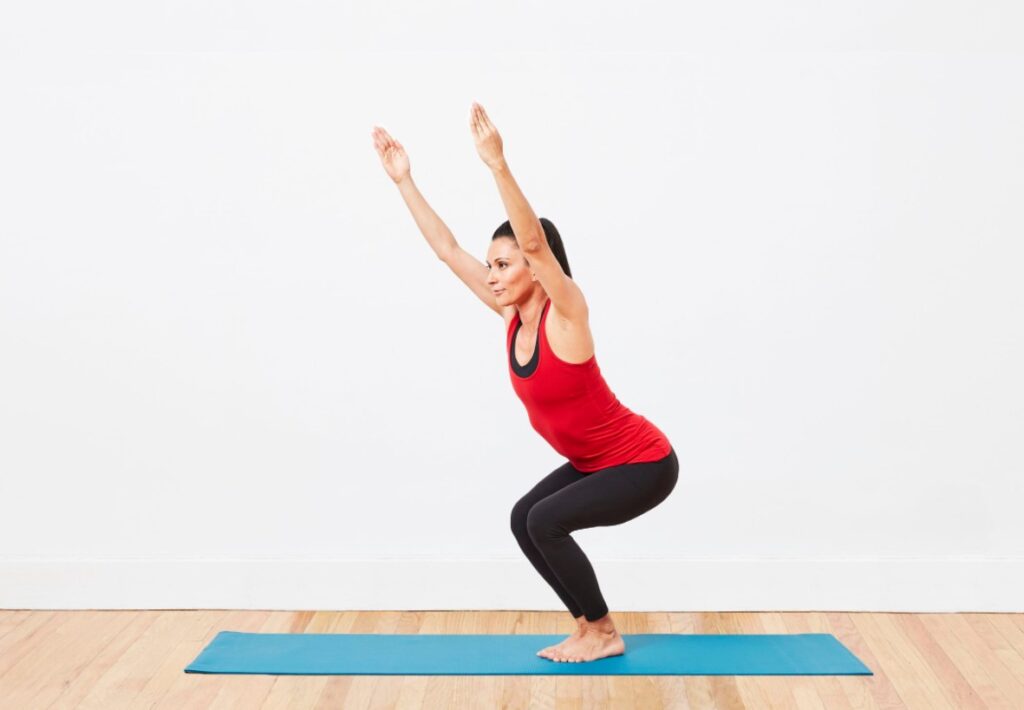
To preserve length in the upper body, the QLs were asked to activate the other back and core muscles in Chair Pose. Working on this posture for three sets of 15 seconds, then 30 seconds, and finally one minute strengthens the QLs, which leads to a stronger back. This easy practice may also help to improve your ability to maintain good posture throughout the day.
2. Cat Stretch and Cow Tilt
Cow tilt (inhale) and Cat stretch (exhale) are two powerful exercises for a healthy spine that concentrate on the tailbone and call upon the QLs to contract and release. The QL on both sides of the spine must contract in order to lift the tailbone and bring the spine into extension in the Cow tilt.
Before participating in another Cow tilt strengthener, Cat stretch lengthens the QLs to assist relieve tension. Daily, do five to ten Cow tilt and Cat stretches, focusing on tailbone movement initiation.
Pose 3: Extended Hand-to-Big-Toe
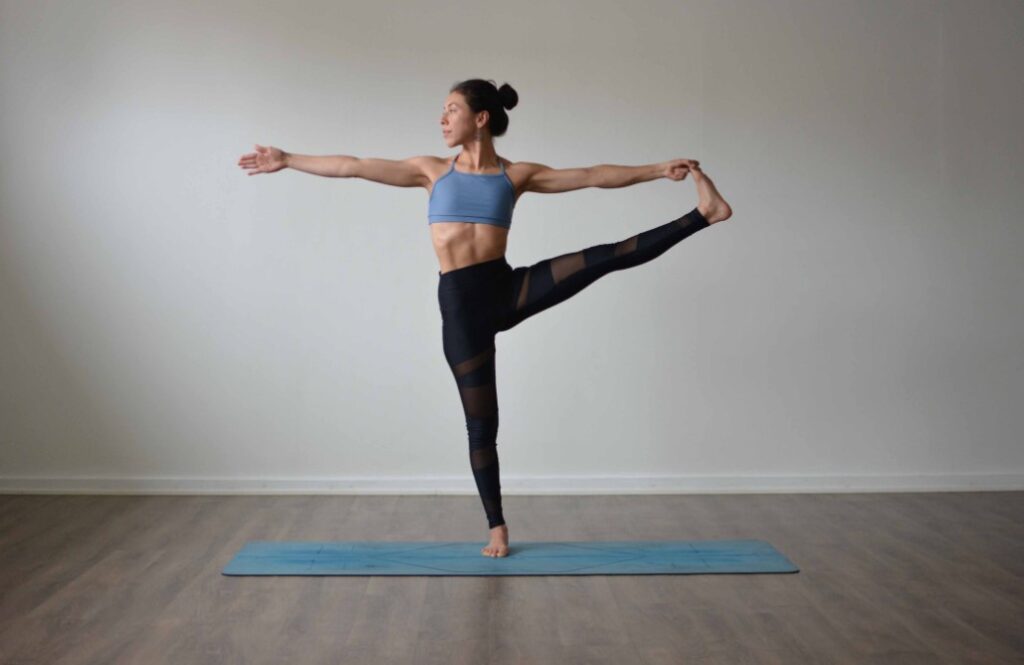
When one leg is extended, the QL on the side of the raised leg works extra hard to resist the torso rotation caused by the arm pushing on the leg. This is an excellent method for isolating one QL at a time. Hold for three to five breaths in this position.
4. Pose of the Eagle
The QL is engaged to prevent torso rotation in the same way it is in Extended Hand-To-Big-Toe Pose. The leg that is crossed on top is the same side QL that is supporting the posture (i.e. if the right leg is crossing over the left, then the right side QL is activated). Hold for three to five breaths in this position.
5. Bridge Pose with a Block (Optional)
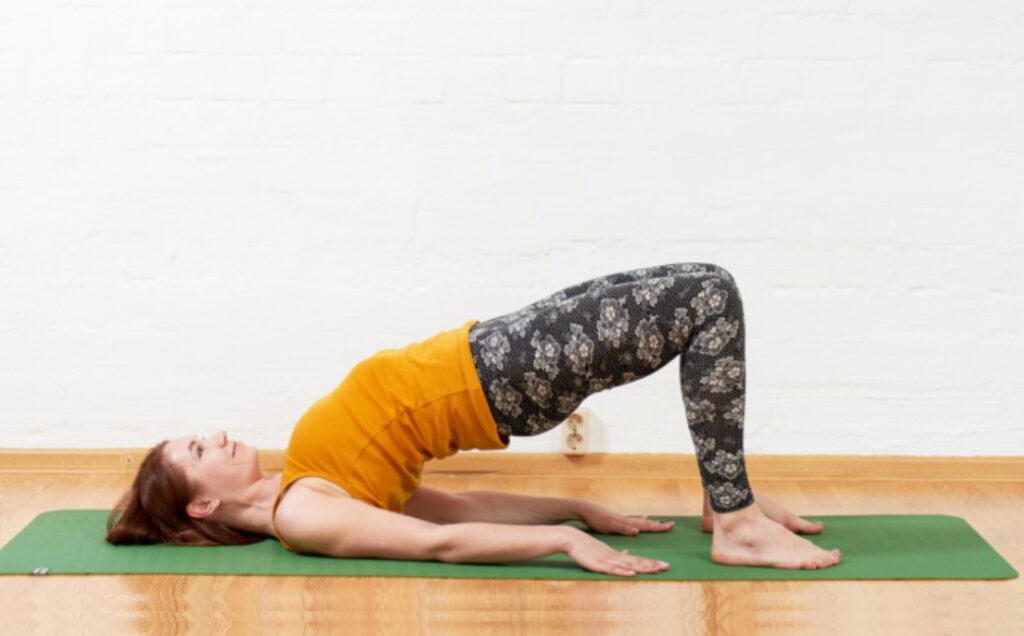
In this posture, the QLs in the lower spine work as extensors to raise the body into Bridge Pose. While holding this extension, the QLs continue to raise their backs. The core and back effort in this position may be amplified by adding a block. Hold your breath for three to five seconds.
6. Dog Pose (Downward Facing)
During inhalation, the QLs act as lower back stabilizers and pull the 12th rib upward toward the hips in Downward Facing Dog Pose. Hold the position for five to ten breaths.
7. Hold a headstand
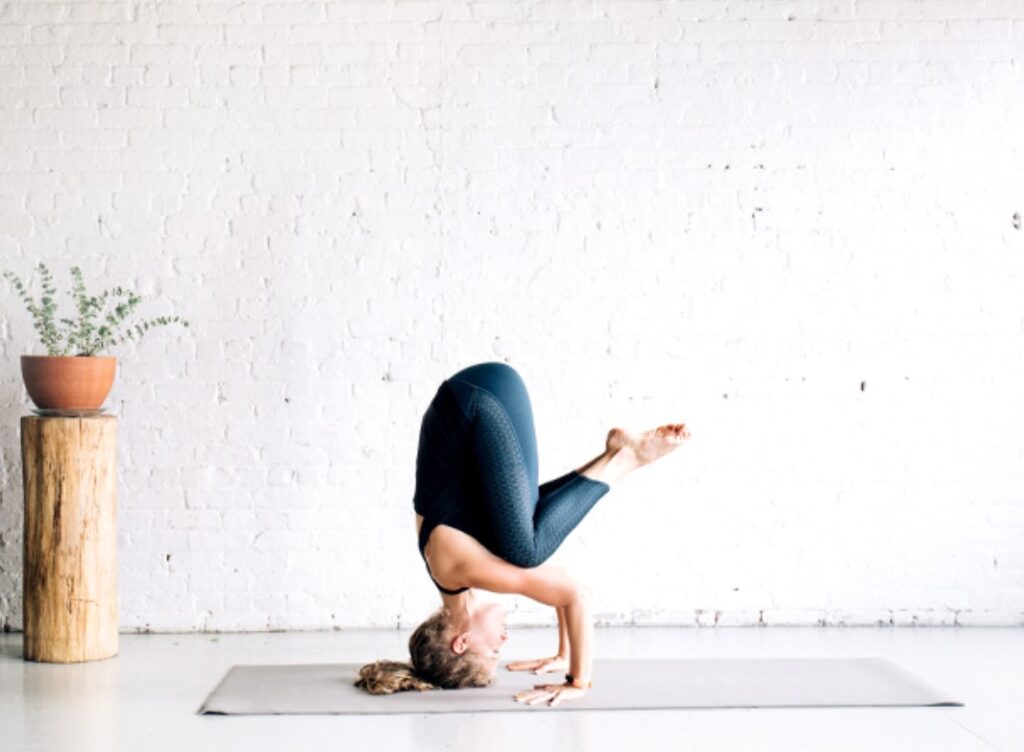
In this inversion, the QLs contract to support the spine, similar to Downward Facing Dog Pose. The QLs assist maintain general back strength and spine length, which are required for headstand. Hold your breath for three to five seconds.
8. Plank on the side
Side plank is a traditional QL strengthener that demands the QL to work hard in order to maintain torso stability and avoid collapsing or rotating. To determine whether one QL is stronger than the other, try if you can comfortably hold both sides for the same length of time.
9. Optional Block in Plank Pose
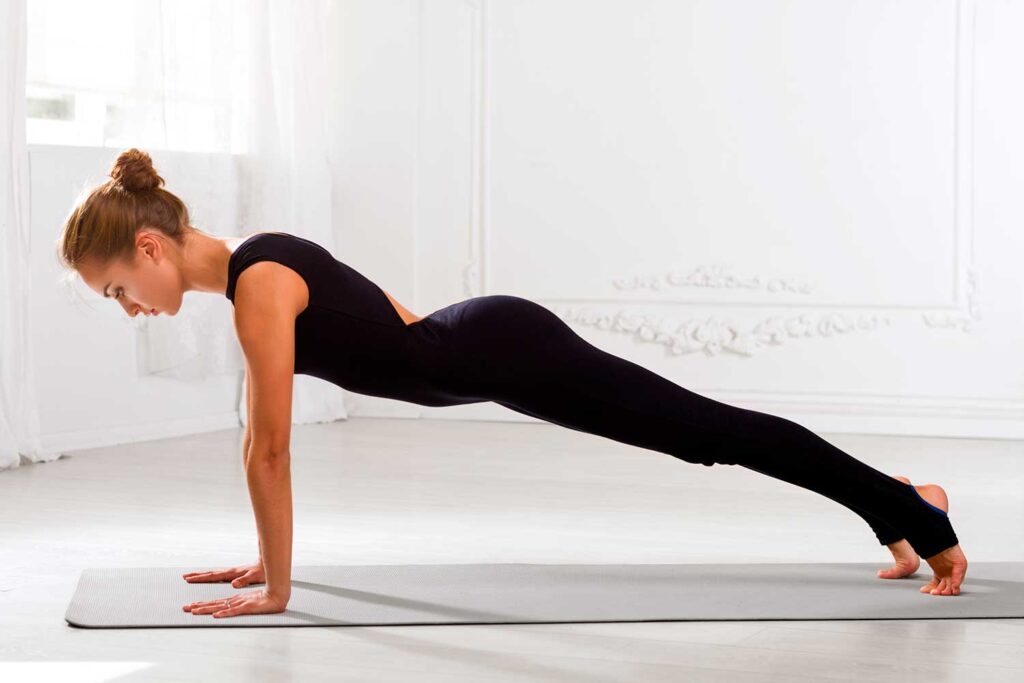
A block provides additional intensity to the whole body and greater QL stability to Plank Pose, which needs the QLs for back strength and spinal length. Hold your breath for three to five seconds.
Locust Pose is number ten
For back extension, the QLs are active and contracted. The QL on both sides of the body must work hard to raise the body into extension from a prone posture in a movement like Locust Pose. Hold your breath for three to five seconds.
11. Boat
This action, like the others, needs the QLs to extend the spine and maintain a strong back in order to hold. This posture should be held for five to ten breaths.
I hope this list served as a good starting point for developing better QLs. Please share any additional QL-strengthening postures that you’ve found to be beneficial!
Credit for the image Gäb, Aneta
Yoga is a great exercise to strengthen the muscles in your body, especially your core, which is the muscles connecting your spine to your hips, buttocks, and legs. By practicing yoga, you can tone your core and relieve stress.
But the quadratus lumborum is a muscle that needs special attention in yoga. With the help of yoga poses, you can strengthen the quadratus lumborum.. Read more about ql stretch and strengthen and let us know what you think.
Frequently Asked Questions
How do I strengthen my quadratus lumborum?
The quadratus lumborum is a muscle that runs from the lower back to the pelvis. Strengthening this muscle can help you maintain good posture and prevent back pain.
How do I strengthen my left quadratus lumborum?
You can strengthen your left quadratus lumborum by doing exercises that target the muscles in this area. These include crunches, leg raises, and planks.
How do you release the QL muscle?
The QL muscle is a muscle in your quadriceps. It is used to extend the knee and straighten the leg.
Related Tags
This article broadly covered the following related topics:
- quadratus lumborum yoga
- quadratus lumborum stretch
- quadratus lumborum function
- quadratus lumborum stretching exercises
- how to activate quadratus lumborum




